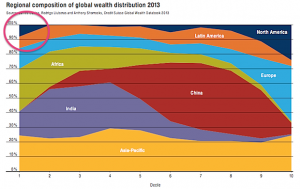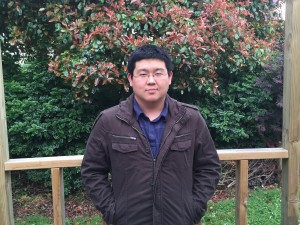Benadryl and Alzheimers
I expected the Herald story “Hay fever pills linked to Alzheimer’s risk – study” to be the usual thing, where a fishing expedition found a marginal correlation in low-quality data. It isn’t.
The first thing I noticed when I found the original article is that I know several of the researchers. On the one hand that’s a potential for bias, on the other hand, I know they are both sensible and statistically knowledgeable. The study has good quality data: the participants are all in one of the Washington HMOs, and there is complete information on what gets prescribed for them and whether they fill the prescriptions.
One of the problems with drug:disease associations is confounding by indication. As Samuel Goldwyn observed, “Any man who goes to a psychiatrist needs to have his head examined”, and more generally the fact that medicine is given to sick people tends to make it look bad. In this case, however, the common factor between the medications being studied is an undesirable side-effect for most of them, unrelated to the reason they are prescribed. In addition to reducing depression or preventing allergic reactions, these drugs also block part of the effect of the neurotransmitter acetylcholine. The association remained just as strong when recent drug use was excluded, or when antidepressant drugs were excluded, so it probably isn’t that early symptoms of Alzheimer’s lead to treatment.
The association replicates results found previously, and is quite strong, about four times the standard error (“4σ”) or twice the ‘margin of error’. It’s not ridiculously large, but is enough to be potentially important: a relative rate of about 1.5.
It’s still entirely possible that the association is due to some other factor, but the possibility of a real effect isn’t completely negligible. Fortunately, many of the medications involved are largely obsolete: modern hayfever drugs (such as fexofenadine, ‘Telfast’) don’t have anticholinergic activities, and nor do the SSRI antidepressants. The exceptions are tricyclic antidepressants used for chronic pain (where it’s probably worth the risk) and the antihistamines used as non-prescription sleep aids.





